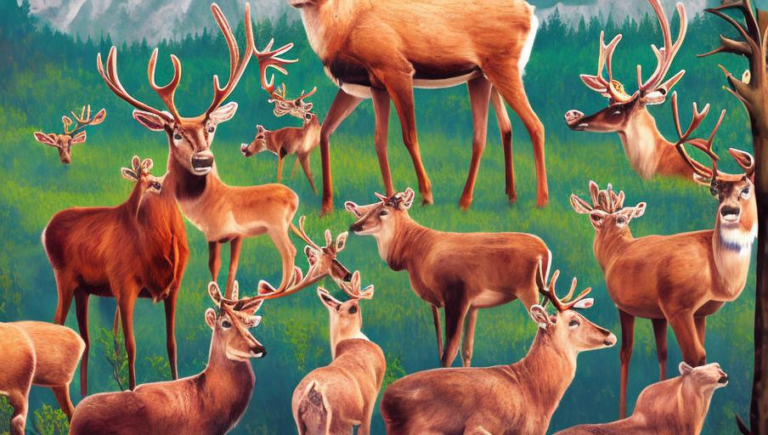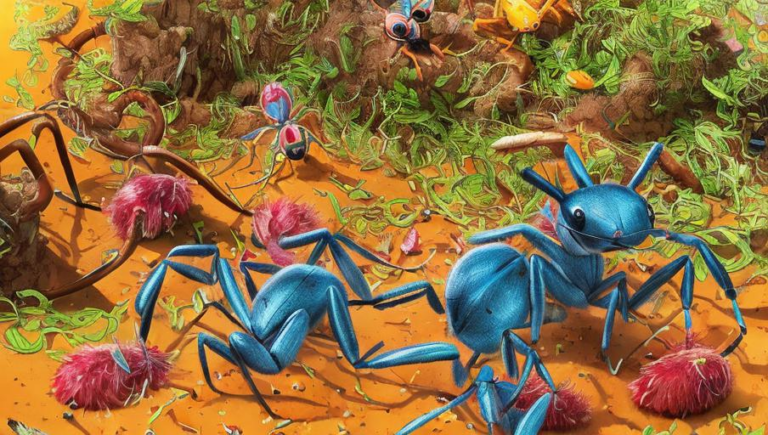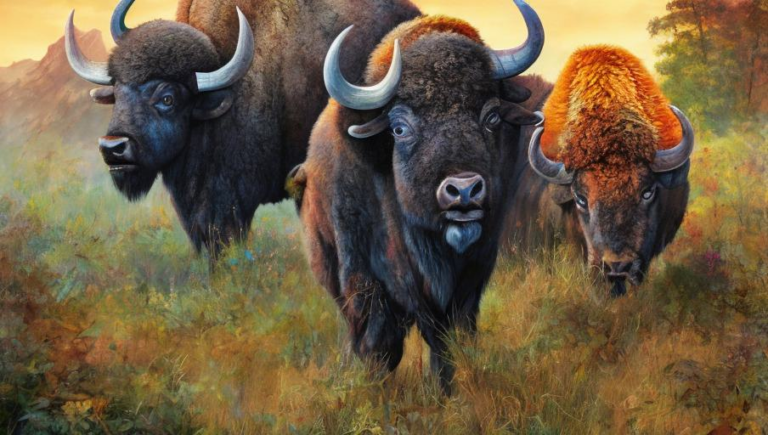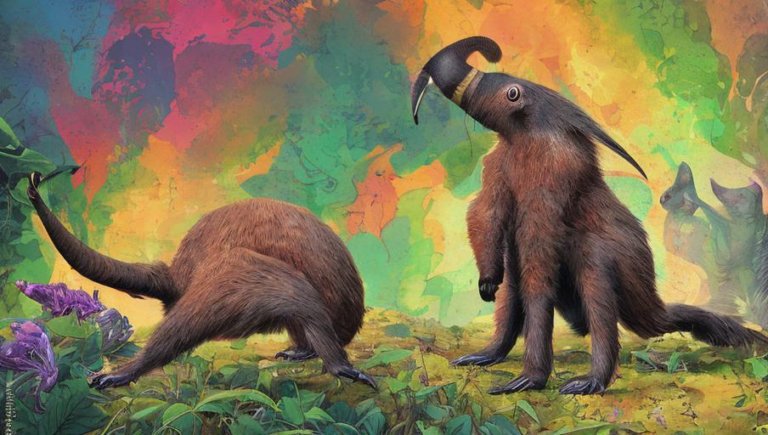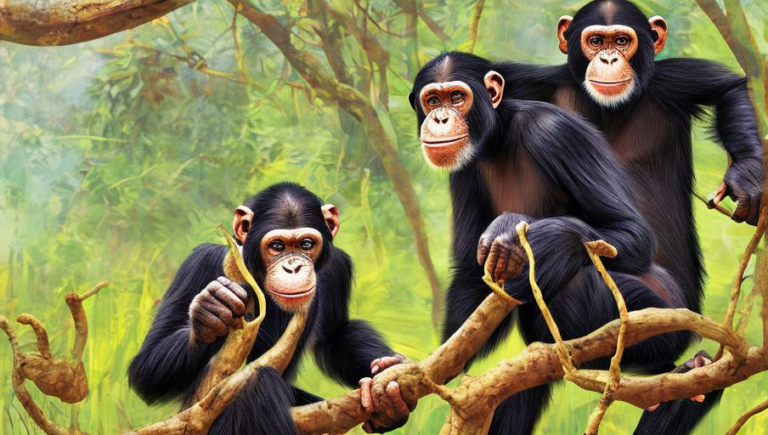Gigantism in Dinosaurs
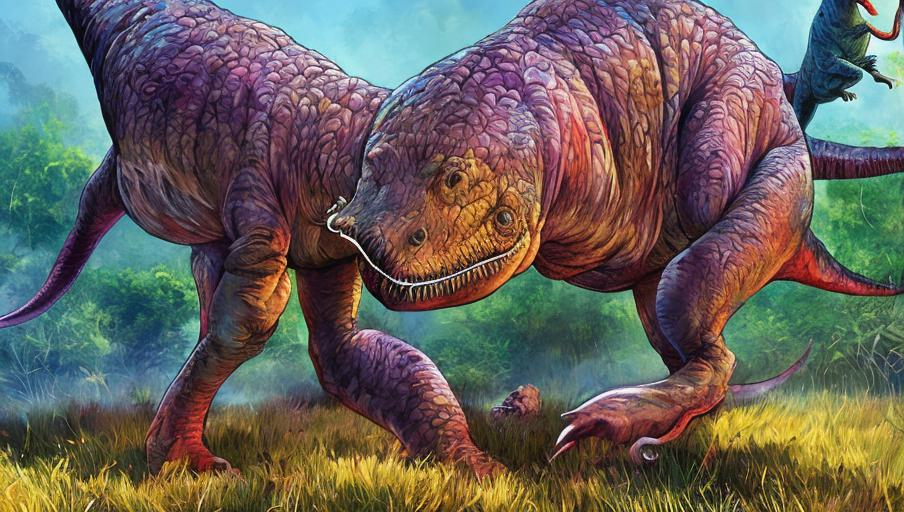
What is Gigantism?
Gigantism is a phenomenon in which an organism grows to an abnormally large size. It’s the opposite of dwarfism, in which an organism is abnormally small. Gigantism can be seen in many different species, including humans and animals, but it is particularly noteworthy in dinosaurs.
Types of Dinosaurs That Were Gigantic
The most well-known examples of gigantic dinosaurs are sauropods, which were the largest land animals ever to have lived. These dinosaurs included Brachiosaurus, Apatosaurus, and Diplodocus. These dinosaurs usually had long necks and tails, four thick legs, and small heads. They are believed to have weighed up to 80 tons and could reach heights of up to 25 meters.
Theories of Gigantism in Dinosaurs
There are several theories about why these dinosaurs grew to such immense sizes. One theory is that the huge size was an evolutionary adaptation that helped the dinosaurs survive in their environment. It is thought that the large size of these dinosaurs made them difficult to attack, as they could easily fend off predators with their sheer size. Another theory is that the large size was an adaptation to help them find food. It is believed that their long necks allowed them to easily reach the top of trees, where they could find more food than if they were of a smaller size.
Gigantism in Other Animals
Gigantism is not limited to dinosaurs. Many other animals have grown to abnormally large sizes throughout history. The blue whale, for example, is the largest animal in the world and can grow up to 30 meters in length. Similarly, giant squid can reach lengths of up to 18 meters. These animals demonstrate that gigantism is not exclusive to the dinosaurs and can be seen in other species as well.
Conclusion
Gigantism is an interesting and unique phenomenon that can be seen in many different species, including dinosaurs. While the exact reason for this tremendous growth is still unknown, it is believed to have been an evolutionary adaptation that allowed the dinosaurs to survive in their environment. It is also seen in other animals, such as whales and squid, and is a reminder that there is still much to learn about the world of wildlife.

